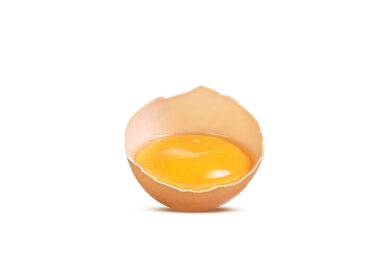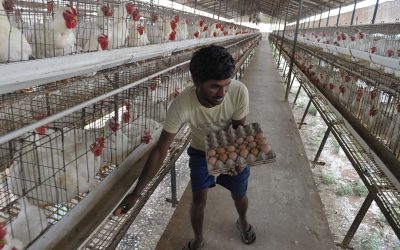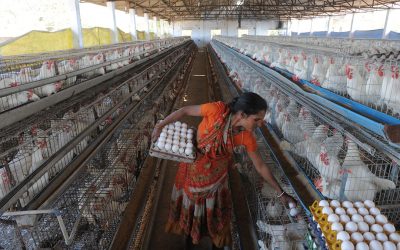USGC recognises India’s potential and challenges
The US Grains Council’s latest look at India illustrates both the long-term export potential and the constraints on grain sales.
“A middle class of 100 million that is growing in size and income represents a huge future demand for meat, milk and eggs,” said Erick Erickson, USGC special assistant for planning, evaluation and projects.
Just back from a food security conference in New Delhi, Erickson reports that India’s private broiler industry and commercial dairy industry are growing by 12-13% annually.
Land shortage
India’s agriculture and food systems are responding in significant ways to the country’s economic growth – and over time that may offer opportunities to trade partners.
“India has the possibility of increasing its own corn production, but limits on land and holdings suggest that within the next decade they could become a consistent, major importer,” he said.
As the Council looks to increase efforts in India, its approach will be to help the poultry and dairy sectors with their own development agendas.
Building relationship
By becoming a trusted, credible partner, the Council will be in a position to help when the Indian industries are ready to take on the policies that restrict corn imports, and those sectors will be better organized to work together on issues of common interest.
“This capacity-building takes time,” Erickson said, noting for comparison that the Council began working in China in 1983, and China is just now becoming a regular importer of corn.
“We’ve been involved in India since the mid-’90s, but there’s a new impetus to our work now,” he said. “Because India’s economy is growing rapidly and India is a more open society, changes in India’s market dynamics should happen more rapidly than in China.”
According to the Council, if India’s economy continues to grow as it has in last decade, it will need soybean oil, distillers grains and perhaps corn in three to five years.











